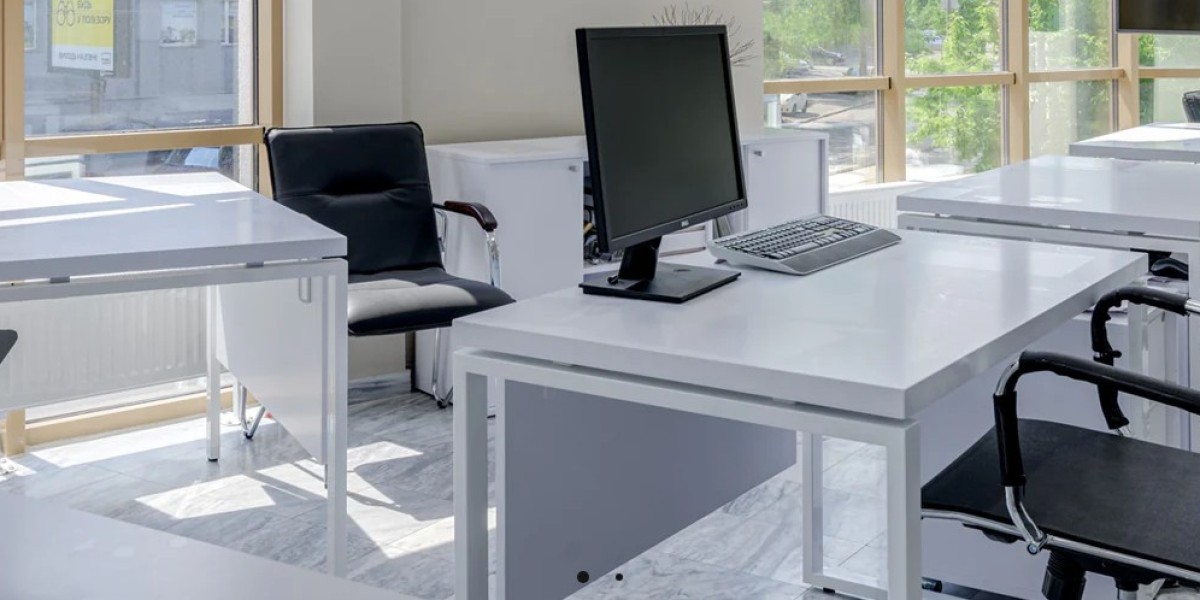Office furniture trends in 2024 are focusing on blending functionality with style, sustainability, and technological integration. Here are some key trends to watch for:
1. Sustainable Materials
- Eco-Friendly Products: Furniture made from recycled, reclaimed, or sustainable materials is gaining popularity. Look for options that use bamboo, reclaimed wood, or recycled plastics.
- Green Certifications: Furniture with certifications like Greenguard or FSC (Forest Stewardship Council) indicates that it meets strict environmental and health standards.
2. Biophilic Design
- Natural Elements: Incorporating elements of nature, such as indoor plants, natural wood finishes, and water features, helps create a calming and productive workspace.
- Living Walls: Some offices are integrating living walls or vertical gardens to improve air quality and add aesthetic appeal.
3. Adjustable and Flexible Furniture
- Sit-Stand Desks: Adjustable desks that allow users to switch between sitting and standing are becoming more common, promoting better posture and reducing health risks associated with prolonged sitting.
- Modular Furniture: Modular and multi-functional furniture that can be reconfigured to suit different needs and work styles offers flexibility and adaptability.
4. Technology Integration
- Smart Furniture: Furniture with integrated technology, such as built-in charging ports, wireless charging pads, and connectivity features, is on the rise.
- Tech-Enhanced Workstations: Desks with built-in monitors, docking stations, and cable management systems help create a seamless and efficient tech setup.
5. Ergonomic Design
- Customizable Ergonomics: Chairs and desks with advanced ergonomic features, including customizable lumbar support, adjustable armrests, and dynamic seating options, are becoming more prevalent.
- Health-Focused Solutions: Ergonomic furniture that promotes movement and reduces strain, such as balance ball chairs or treadmill desks, supports overall well-being.
6. Minimalist Aesthetics
- Clean Lines and Simple Forms: Minimalist design continues to be popular, with furniture that features clean lines, simple forms, and neutral colors creating a sleek and uncluttered look.
- Functional Elegance: Combining functionality with elegant design elements, such as hidden storage and streamlined shapes, offers both beauty and practicality.
7. Collaborative Workspaces
- Flexible Meeting Areas: Furniture that supports collaboration, such as movable tables, modular seating, and interactive workstations, is in demand for fostering teamwork and communication.
- Huddle Rooms: Small, adaptable meeting spaces equipped with technology and comfortable seating are becoming a staple in modern offices.
8. Wellness-Focused Furniture
- Relaxation Zones: Incorporating furniture that supports relaxation and mental health, such as lounge chairs, meditation pods, or quiet zones, contributes to employee well-being.
- Acoustic Solutions: Furniture with built-in acoustic panels or sound-absorbing materials helps reduce noise levels and create a more focused work environment.
9. Personalized Workstations
- Customizable Configurations: Furniture that allows for personal customization, such as adjustable desk heights, modular components, and personalized storage options, helps tailor workspaces to individual needs.
- Aesthetic Personalization: Allowing employees to personalize their work areas with decorative elements, colors, and textures adds a personal touch and enhances comfort.
10. Multifunctional Spaces
- Dual-Purpose Furniture: Furniture that serves multiple functions, such as desks with built-in storage or convertible workstations, maximizes space and efficiency.
- Convertible Designs: Furniture that can easily transition between different uses or settings, such as collapsible tables or adjustable seating, supports versatility.
11. Vibrant Colors and Patterns
- Bold Accents: While minimalism is popular, vibrant colors and bold patterns are being used as accent pieces to add personality and energy to workspaces.
- Dynamic Designs: Incorporating colorful office accessories, rugs, or wall art can create a lively and inspiring environment.
12. Remote Work Solutions
- Home Office Furniture: Furniture designed specifically for home offices, such as compact desks, ergonomic chairs, and stylish storage solutions, supports the growing trend of remote work.
- Flexible Arrangements: Solutions that accommodate both office and home environments, such as adjustable or portable furniture, offer flexibility for hybrid work models.
Conclusion
In 2024, office furniture trends are centered around sustainability, technology integration, and enhancing employee well-being. By focusing on these trends, businesses can create modern, functional, and stylish workspaces that meet the evolving needs of today’s workforce.



